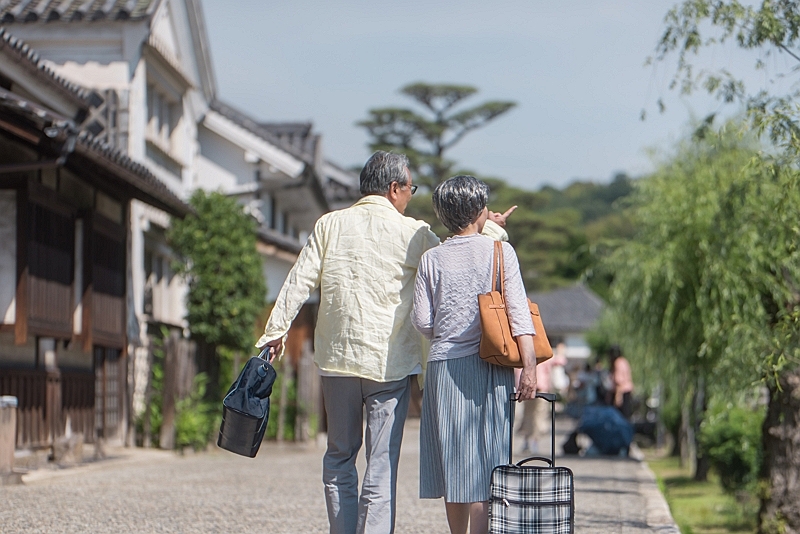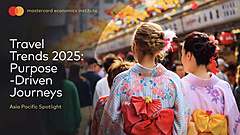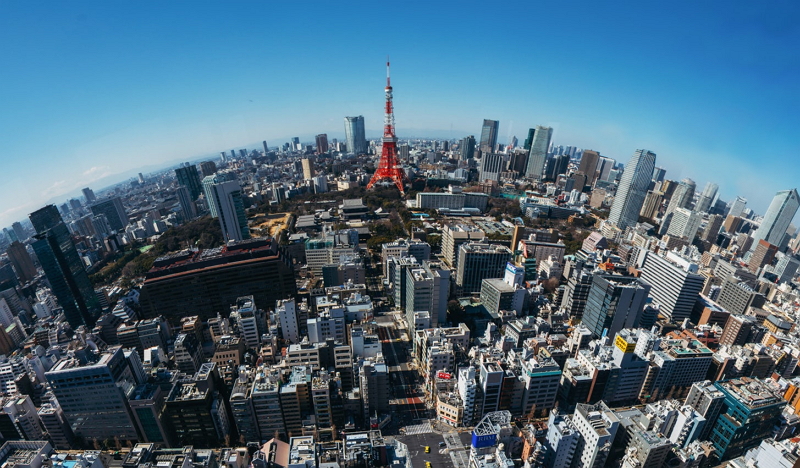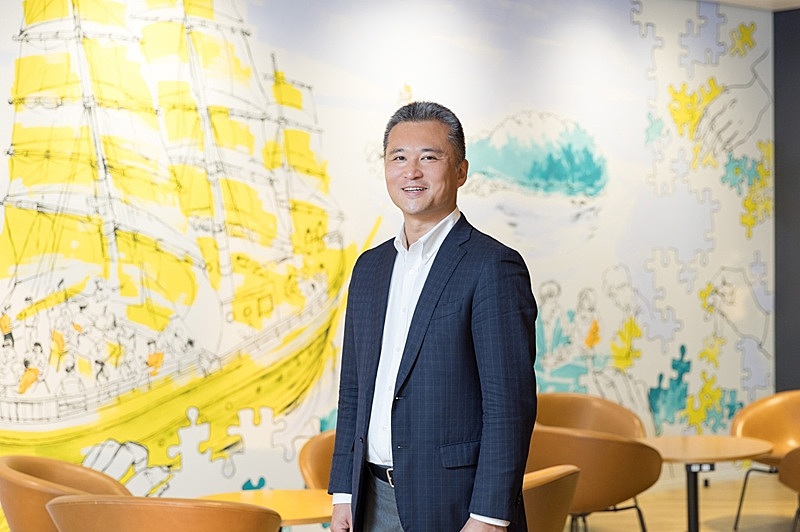
EY Strategy and Consulting (EY Japan) recently released a report titled ‘What does high-value-added tourism generate?’ to analyze high value-added travelers’ trends and study influences on local economy. Based on that, Tomotaka Hirabayashi, EY Japan Strategic Impact Unit Partner, talked about how important high-value-added tourism is for Japan and benefits from it to local economy.
Who are high-value-added travelers?
The Japan National Tourism Organization (JNTO) defines high-value-added travelers as "travelers who spend more than 1 million yen per person on their trip.” On the other hand, JNTO explains that high-value-added travel is "not simply about high-value consumption" and "people who tend to strongly seek the meaning of traveling."
Based on the contents of the Japan Tourism Agency's "Action Plan for Creating High-Value-Added Inbound Tourist Destinations in Regional Areas" (May 2022), Hirabayashi defines high-value-added travelers as "travelers who are not just consumers, but also have a high level of intellectual interest and curiosity," and considers them to be "people who come into contact with local traditional culture, nature, etc. while traveling, gain some kind of inspiration, make it their own, and connect it to their daily lives and the next business action."
Regarding what is being said about the approach to the wealthy, he considers, "There is an assumption that the wealthy are many conscious businessmen, successful people, and people interested in self-improvement, who are the targets of high-value-added travel." Taking this into consideration, we recommend that tourism-related personnel and regions working on high-added-value travel "not simplify high added value by focusing on price, but rather think about what that 'high' means.”
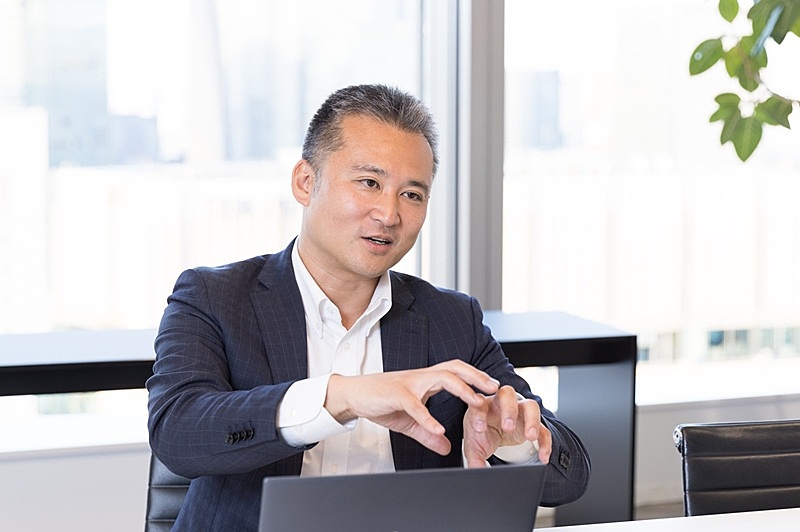 EYストラテジー・アンド・コンサルティング ストラテジックインパクトパートナーの平林知高氏
EYストラテジー・アンド・コンサルティング ストラテジックインパクトパートナーの平林知高氏
In this sense, Hirabayashi proposed to high-value-added travel operators and local communities that rather than simplifying high added value by focusing on price, they need to think about what that 'high' means.
According to data from Sumitomo Mitsui Card, in 2019, the average spending of foreign tourists visiting Japan with spending of 1 million yen or more (Tier 2) was 1.52 million yen, but for those with spending of 3 million yen or more (Tier 1), the average spending was even higher at 6.31 million yen. They spent money to buy many expensive "things" such as precious metals and watches, but Tier 1 also bought local products such as art. Hirabayashi said, "The range of travelers who are generally referred to as wealthy is wide and they look different.”
“The spending of wealthy tourists visiting Japan is not necessarily linked to the consumption of local local products,” he pointed out. “For the region to flourish, it is necessary to sell local products and experiences rather than foreign branded goods or Japanese luxury goods.”
地域が潤うためには、地域での消費につながる高付加価値旅行の推進が欠かせない
What are assets of Japan for high-value-added travel?
What kind of chances Japan has in promoting high-value-added travel?
Hirabayashi explained, "The major elements that make up high added value are 'authenticity' and ‘immersive.'" For that, it is essential to dig deeper into the essence of the region through the background and stories of the lands and to evolve its products and contents into one of a kind.
Furthermore, He mentioned "Quiet Luxury" as a recent trend among the wealthy. This trend places emphasis on authentic and genuine experiences rather than glittering luxury.
He emphasized that Japanese regions have advantages from two perspectives in high-added-values.
One of them is "wellness." Wellness tourism, which aims to improve physical and mental health, including medical tourism, is expected to expand in the future. Hirabayashi said, “It also meets the demand of high added value travelers who want to be inspired by their five senses and face their inner selves,” citing Blue Zone in Okinawa or Zen spirit.
The other is "traditional industries, history and culture." High added value travelers can consume more by coming into contact with the traditional industries of the region through experiences rooted in history, culture and nature. Also, the demand and ideas of foreigners could lead to the development of new products for traditional industries, creating new industries in the local area.
Hirabayashi said, “By reviewing the region's assets from a new perspective, we can transform them into unexpected value, which will allow us to pass on the region's history, culture, and nature to the next generation. This is what we call high added value, which may lead to high added value businesses.”
富裕層の今の旅行トレンドに、高付加価値旅行は合致している
To build one of a kind local content
For high-value-added travel, a key is how a local region can built one of a kind tourism content. Hirabayashi says, "The region must first have a concrete image and the relevant parties must align their perspectives.”
Then, local regions should focus on branding the contents, though it takes time to build a brand. Hirabayashi said, “The process of branding is an important point in evolving and deepening the content of the region, and building a uniqueness that no other region has.”
In this case, local guides who know the region well play the important role. They tell not only stories behind the culture and history but also one of a kind story after bundling various contents and arrange them for high-value-added travelers.
地域の唯一無二性を旅行者向けに作り、伝えるガイドの役割が重要になっている
“There is no region that has nothing," Hirabayashi asserted. “It's about how to deliver value. Depending on that, there are opportunities for every region.”
EY Japan proposes "everyday tourism" as one of the trends in future tourism. The daily life of a region is "different from everyday life" for travelers. This completely new value can become an idea for new business in that region. It's not that there is no business in the region, but rather that the value that exists now should be redefined. This leads to high added value.
Hirabayashi says, "The important thing is not to end it as a one-time experience, but to be able to transform it into a cycle of value creation that leads to the next one.” It is crucial for an experiencer to take the value or issues of the region personally and have an opportunity to take action for the next generation. EY Japan defines it as ‘Re-generation.’
人が介在することで、地域のあらゆる資源が高付加価値旅行の対象になる

